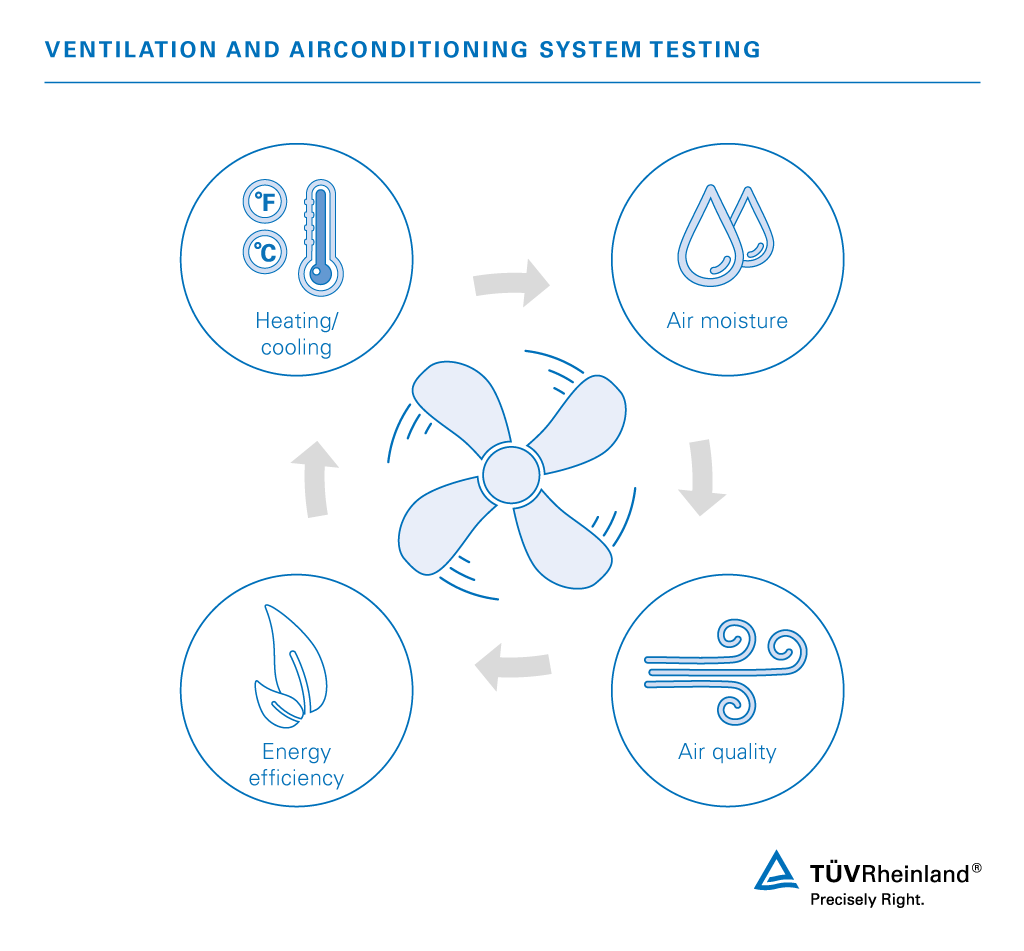Exploring the Cutting Edge of Architectural Innovation and Design
Redefining Urban Spaces
In the bustling landscape of today’s cities, architecture stands as a testament to human creativity and ingenuity. From towering skyscrapers to sleek urban dwellings, the architectural landscape is constantly evolving, reshaping the way we live, work, and interact with our surroundings. In this era of rapid urbanization, architects are tasked with the challenge of redefining urban spaces, creating environments that are not just functional but also aesthetically pleasing and sustainable.
Innovations in Sustainable Design
One of the defining trends in today’s architectural landscape is the emphasis on sustainable design. With growing concerns about climate change and environmental degradation, architects are increasingly turning to eco-friendly materials and design principles to minimize the ecological footprint of buildings. From green roofs that absorb rainwater and reduce heat island effect to passive solar design that maximizes natural light and reduces energy consumption, sustainable architecture is paving the way for a greener, more sustainable future.
Blurring the Lines Between Indoor and Outdoor Spaces
Another prominent trend in today’s architectural landscape is the blurring of boundaries between indoor and outdoor spaces. Architects are reimagining traditional building designs, incorporating elements such as open-air courtyards, expansive glass walls, and biophilic design principles to create seamless transitions between interior and exterior environments. This approach not only enhances the visual appeal of buildings but also fosters a deeper connection with nature, promoting health and well-being among occupants.
Embracing Technology and Innovation
Advancements in technology have revolutionized the field of architecture, enabling architects to push the boundaries of design and construction. From computer-aided design (CAD) software that allows for precise modeling and visualization to 3D printing technology that enables the fabrication of complex architectural elements, technology is playing an increasingly integral role in the architectural process. Additionally, innovations such as smart building systems and digital fabrication techniques are transforming the way buildings are designed, constructed, and operated, ushering in a new era of innovation and efficiency.
Cultural Diversity and Expression
In today’s globalized world, architecture has become a reflection of cultural diversity and expression. Architects are drawing inspiration from a wide range of cultural influences, incorporating elements such as traditional motifs, materials, and construction techniques into contemporary designs. This multicultural approach not only celebrates diversity but also fosters cross-cultural dialogue and understanding, enriching the architectural landscape with a tapestry of different perspectives and traditions.
Collaboration and Community Engagement
In an increasingly interconnected world, collaboration and community engagement have become essential components of the architectural process. Architects are working closely with stakeholders, including local communities, government agencies, and environmental organizations, to ensure that projects are inclusive, responsive to community needs, and socially responsible. By fostering collaboration and dialogue, architects are not only creating more meaningful and impactful designs but also empowering communities to shape their built environment.
Pushing the Boundaries of Creativity
At its core, architecture is an art form, and today’s architects are pushing the boundaries of creativity like never before. From avant-garde conceptual designs to innovative adaptive reuse projects, architects are exploring new possibilities and challenging preconceived notions of what buildings can be. This spirit of experimentation and exploration is driving the evolution of the architectural landscape, inspiring awe and wonder in those who encounter these groundbreaking designs.
Conclusion
In conclusion, today’s architectural landscape is a dynamic and ever-evolving tapestry of innovation, design, and creativity. From sustainable skyscrapers to culturally inspired community spaces, architects are redefining the way we think about buildings and the spaces we inhabit. By embracing sustainability, technology, cultural diversity, and community engagement, architects are shaping a future where architecture not only serves practical needs but also enriches lives, fosters connections, and inspires generations to come. Read more about architecture today



